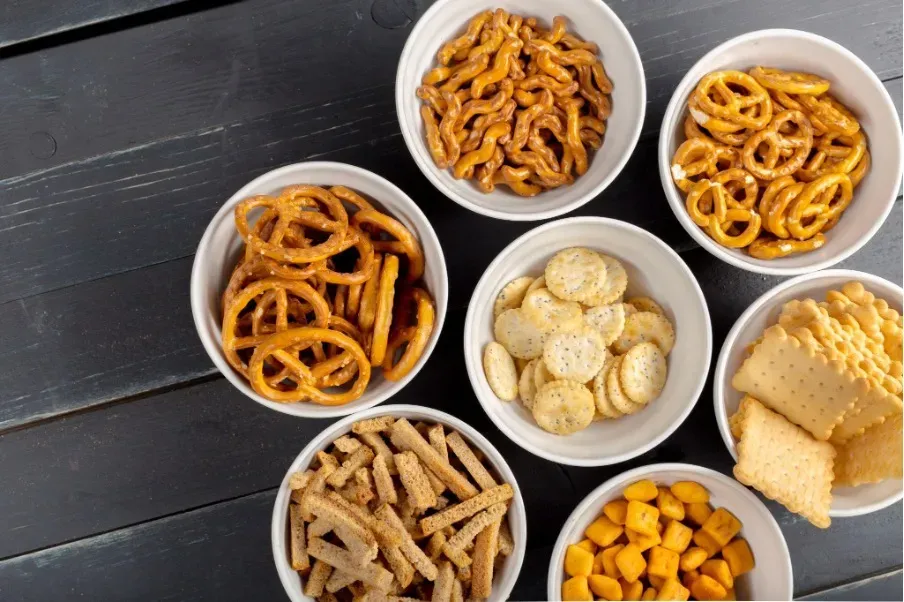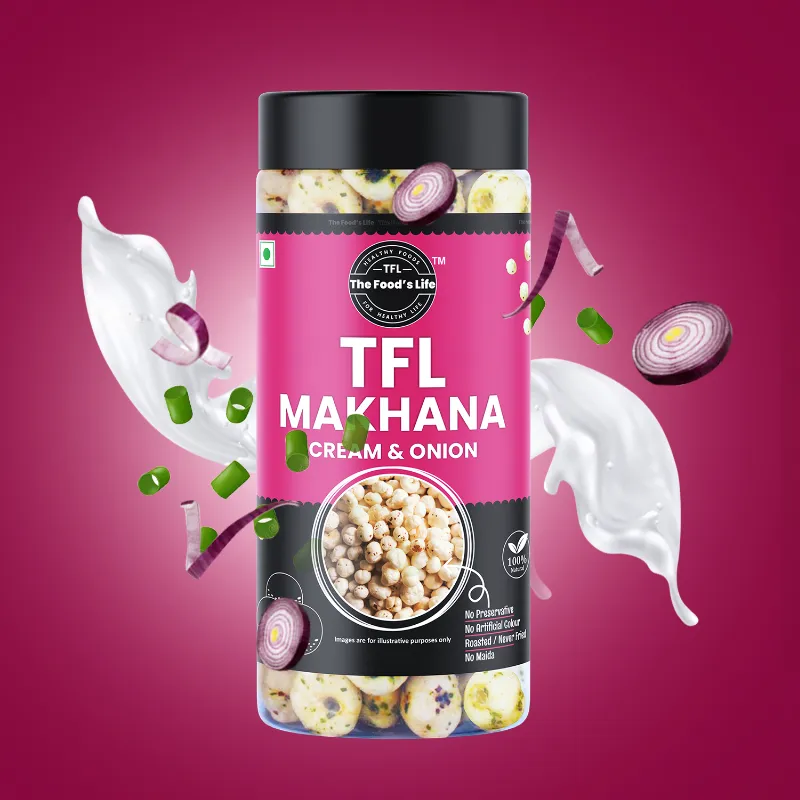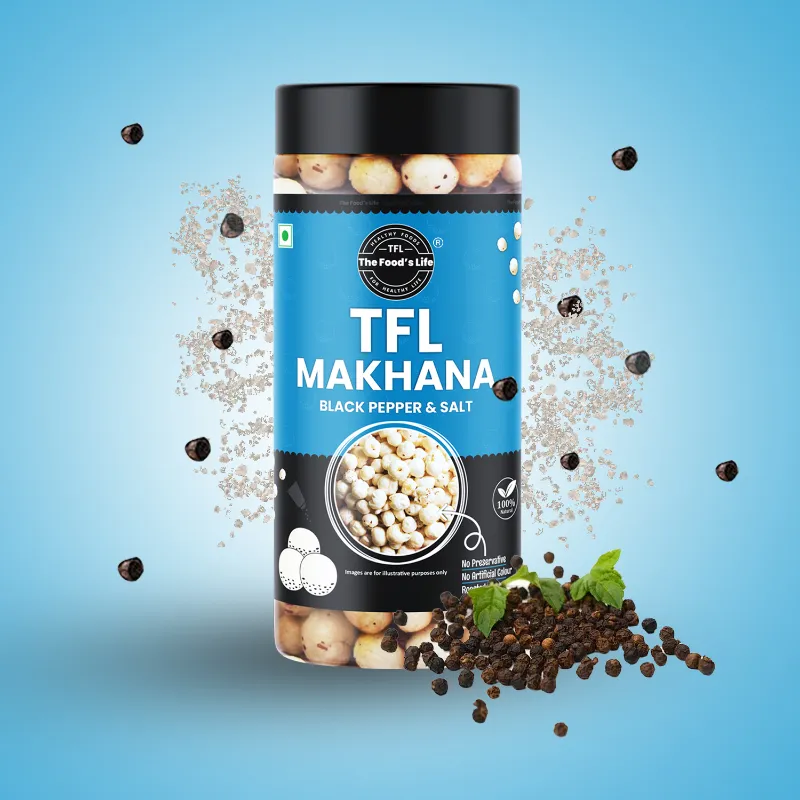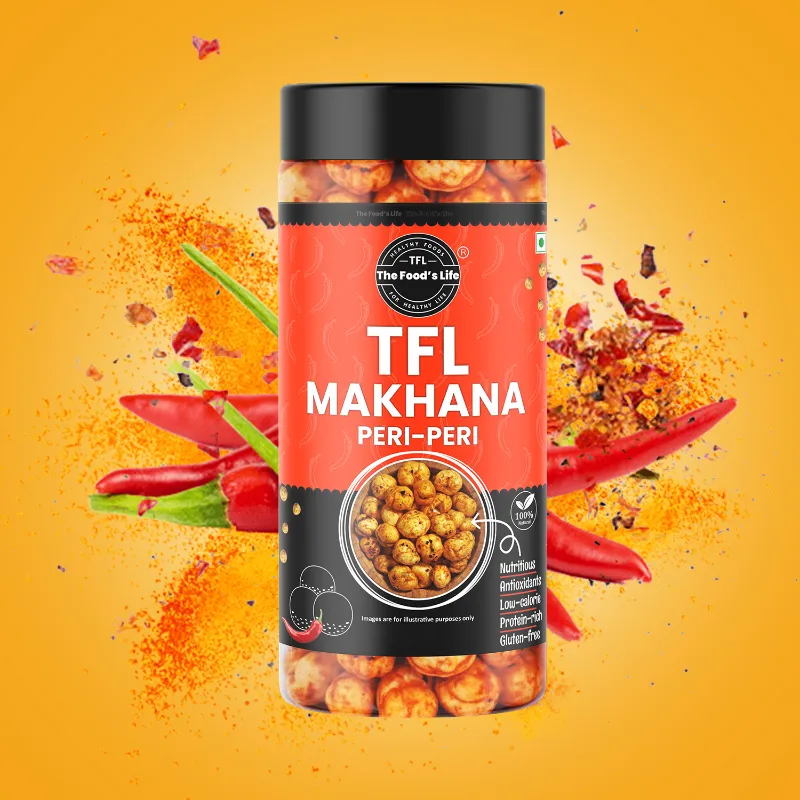FREE DELIVERY ON ORDERS ABOVE ₹500/-
FREE DELIVERY ON ORDERS ABOVE ₹500/-
FREE DELIVERY ON ORDERS ABOVE ₹500/-
FREE DELIVERY ON ORDERS ABOVE ₹500/-
FREE DELIVERY ON ORDERS ABOVE ₹500/-
FREE DELIVERY ON ORDERS ABOVE ₹500/-
FREE DELIVERY ON ORDERS ABOVE ₹500/-
FREE DELIVERY ON ORDERS ABOVE ₹500/-
FREE DELIVERY ON ORDERS ABOVE ₹500/-
FREE DELIVERY ON ORDERS ABOVE ₹500/-

Fried snacks have been a beloved indulgence for generations, but a newer contender has entered the scene—vacuum-fried snacks. While both types offer crunchy satisfaction, they differ significantly in their preparation methods, nutritional aspects, and overall impact on health. Let’s dive into the distinctions between traditional fried snacks and their vacuum-fried counterparts.
The most apparent difference lies in the cooking method. Traditional frying involves submerging food items in hot oil. Causing them to cook through direct contact with the oil’s high temperature. This process results in the familiar crispy texture of fried snacks. On the other hand, vacuum frying utilizes a lower temperature and pressure environment. In this method, snacks are cooked in a vacuum-sealed chamber with reduced oxygen, allowing for a gentler frying process.
One of the primary concerns with traditional fried snacks is their tendency to absorb a significant amount of oil during the frying process. This absorption contributes to the overall calorie and fat content of the snack. In vacuum frying, the lower temperature reduces the oil absorption, resulting in snacks that are less greasy and potentially lower in overall fat content. This difference can be particularly appealing to those looking for a lighter snacking option.
Traditional frying often leads to a loss of some nutrients in the food due to the higher temperatures and extended cooking times. The exposure to oxygen and high heat can degrade vitamins and antioxidants present in the ingredients. Vacuum frying, by contrast, occurs in a more controlled environment. Helping to preserve the natural color, flavor, and nutrient content of the snacks. This can result in vacuum-fried snacks that retain more of their original nutritional value.
The cooking methods significantly influence the texture and taste of the final products. Traditional fried snacks tend to have a characteristic crispy and oily texture, offering a satisfying crunch. In contrast, vacuum-fried snacks boast a unique texture that is often less oily and more brittle. The lower frying temperature can impart a different flavor profile, allowing the natural taste of the ingredients to shine through.
Shelf life is another aspect where traditional and vacuum-fried snacks differ. The reduced oil content and controlled cooking environment in vacuum frying can contribute to an extended shelf life. The absence of oxygen during the vacuum-frying process helps minimize oxidation, preserving the snacks for a more extended period without compromising their quality.
For those mindful of their health, the choice between traditional fried and vacuum-fried snacks can be crucial. The lower oil absorption and potential nutrient retention in vacuum-fried snacks may make them a preferable option for individuals aiming to reduce their overall fat intake. However, moderation is key, and both types of snacks should be enjoyed as part of a balanced diet.
In the world of snacks, the shift from traditional frying to vacuum frying introduces a range of differences in terms of cooking methods, oil absorption, nutrient retention, texture, taste, shelf life, and health considerations. Understanding these distinctions empowers consumers to make informed choices based on their preferences and health goals. Whether opting for the classic crunch of traditionally fried snacks or exploring the lighter and potentially nutrient-rich appeal of vacuum-fried alternatives, snack enthusiasts can savor a variety of options to suit their tastes and dietary preferences.
Recommended Products





